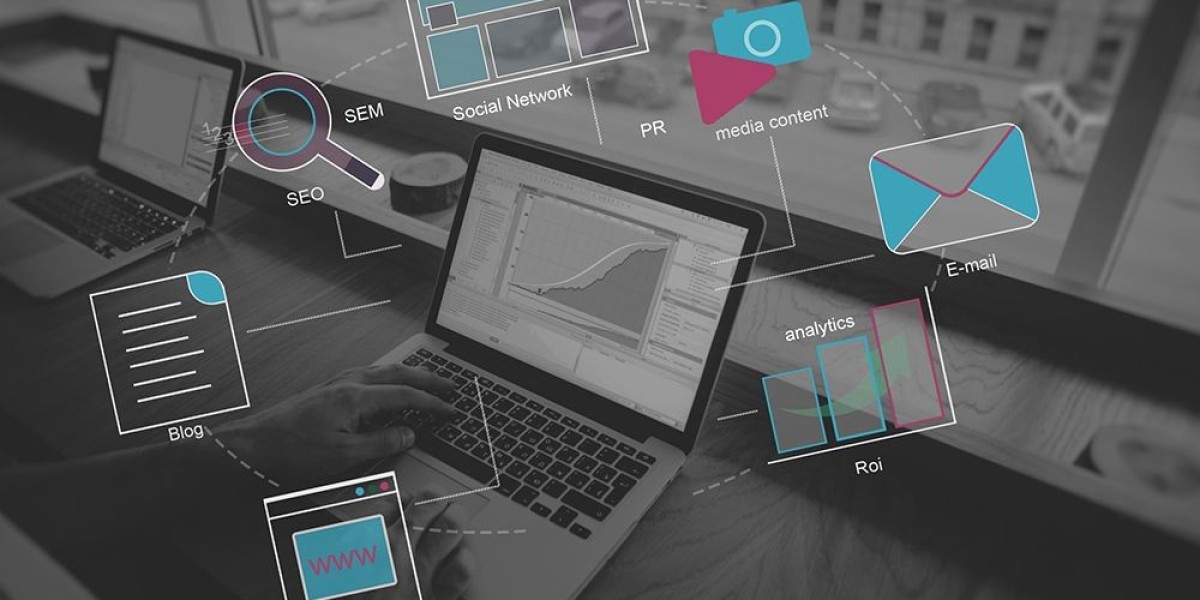In the electronics industry, reverse engineering isn’t just about uncovering someone else’s design—it’s a powerful process that helps businesses recover, improve, or replicate Printed Circuit Boards (PCBs) when documentation is missing or outdated. PCB reverse engineering plays a crucial role in product redesign, legacy support, and cost optimization.
Understanding when and why to use this technique can make a major difference in your electronics development strategy.
What Is PCB Reverse Engineering?
PCB reverse engineering is the process of analyzing an existing circuit board to reconstruct its schematics, bill of materials (BOM), and layout data. This is usually done when the original design files (like Gerber files or CAD drawings) are lost, corrupted, or unavailable.
Through careful inspection and the use of advanced tools, engineers can recreate the electronic blueprint of a board and prepare it for replication, modification, or troubleshooting.
Why PCB Reverse Engineering Is Used
There are several situations where reverse engineering is not only useful but essential.
1. Legacy Product Support
Many manufacturers continue to use legacy systems whose components are no longer in production. If a PCB fails and original documentation is missing, reverse engineering is the only way to reproduce or repair the board.
2. Design Recovery
In some cases, companies acquire hardware without receiving complete design data. PCB reverse engineering helps retrieve this information so teams can update or redesign the product.
3. Competitive Benchmarking
While intellectual property laws must be respected, businesses may legally reverse engineer open-source or obsolete products to study performance and inform their own innovations.
4. Quality and Cost Optimization
Some organizations use reverse engineering to rework an existing design, reduce material costs, and simplify manufacturing processes without compromising performance.
5. Failure Analysis and Troubleshooting
When a board fails in the field, reverse engineering helps trace electrical paths and identify points of failure, especially in the absence of a schematic.
What Happens During PCB Reverse Engineering?
A typical reverse engineering process involves:
Visual inspection and component identification
Scanning and imaging of board layers
Net tracing and schematic reconstruction
BOM generation and verification
CAD re-drawing for manufacturing
Advanced tools like X-rays or 3D scanning may also be used for multilayer or complex PCBs.
Conclusion: A Valuable Tool for Innovation and Continuity
PCB reverse engineering is more than just a backup plan—it’s a strategic asset for innovation, maintenance, and modernization. Whether you need to redesign an obsolete system or recover missing design files, reverse engineering offers a reliable path forward.
Looking for expert help with reverse engineering or PCB redesign?
Partner with InYantra to bring your legacy systems or undocumented boards back to life with precision and reliability.
PCB reverse engineering
legacy PCB support
PCB troubleshooting
circuit board design recovery
reverse engineering services India









